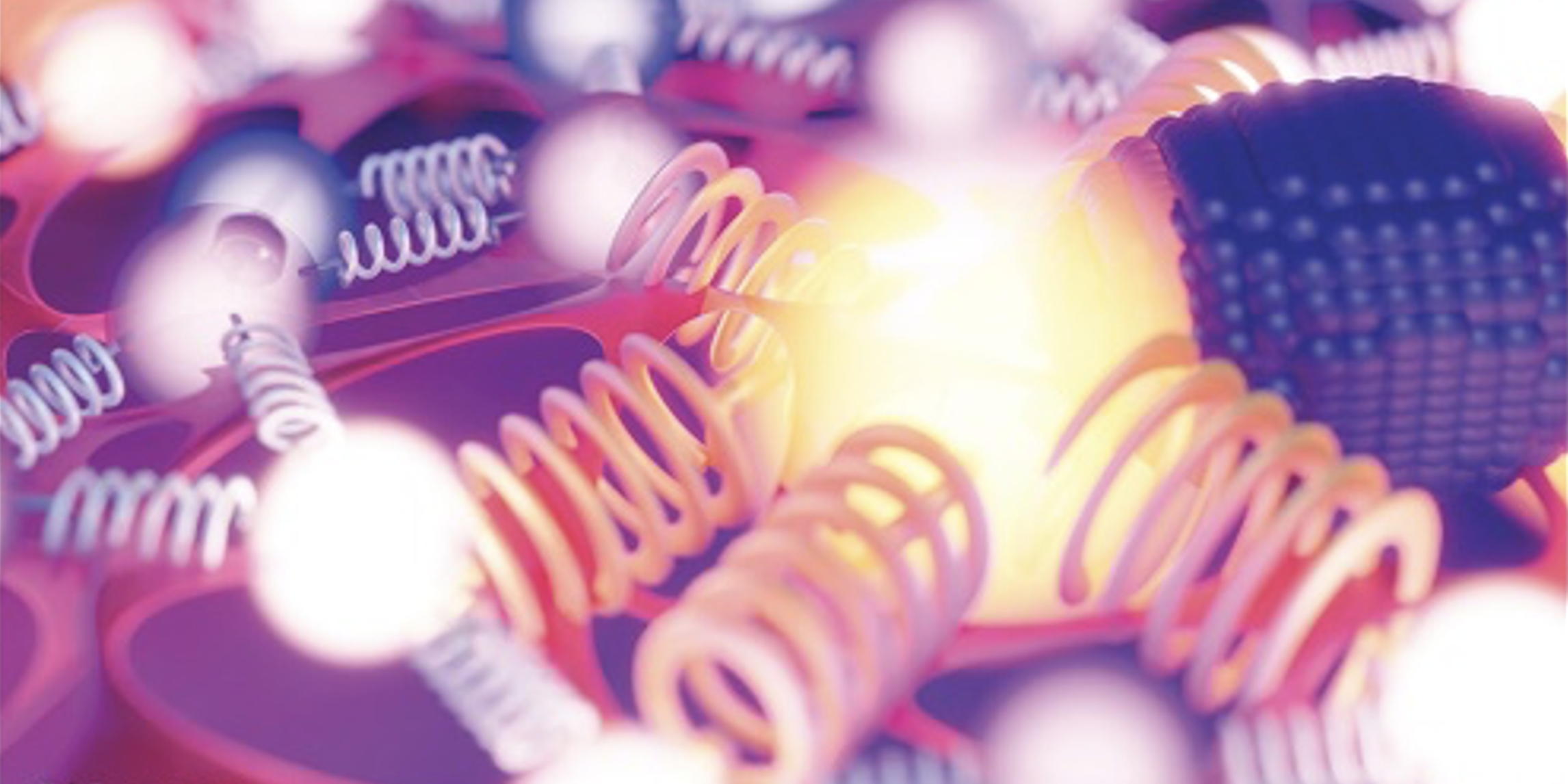A Metamaterial that Assembles Itself
Researchers from the Laboratory for Nanometallurgy developed an approach that utilizes two self-assembly processes in series to build an optical metamaterial with two distinct functional components: a disordered network and spherical nanoparticles.

From protein folding to the bundling of muscle tissue, self-assembly processes are ubiquitous in living organisms and can be attributed to a single physical principle: the minimization of free energy in a nonuniform system. A general principle applicable to all length scales and material classes.
In collaboration with TU Graz's Institute of Electron Microscopy and Nanoanalysis, the researchers explored the complex light-matter interaction of this system at the nanoscale using electron energy loss spectroscopy (EELS).
While the network localizes energy at nanometric scales in so-called “hot-spots”, the nanoparticles can couple to the network and exchange energy with it.
The possibility to design complex coupled systems solely by self-assembly and the ability to effectively localize polychromatic light at the nanoscale, offer unique opportunities to exploit these two-phase metamaterials as a platform for energy materials.
The research is now published and featured on the back cover of external pageAdvanced Optical Materials
This research was supported by European Union's Horizon 2020 research and innovation programme.
- Wohlwend, J., Haberfehlner, G. and Galinski, H. (2023), Strong Coupling in Two-Phase Metamaterials Fabricated by Sequential Self-Assembly (Advanced Optical Materials 19/2023). Adv. Optical Mater., 11: 2300568. external pageDOI:10.1002/adom.202300568
- Laboratory for Nanometallurgy
- external pageInstitute of Electron Microscopy and Nanoanalysis, TU Graz
